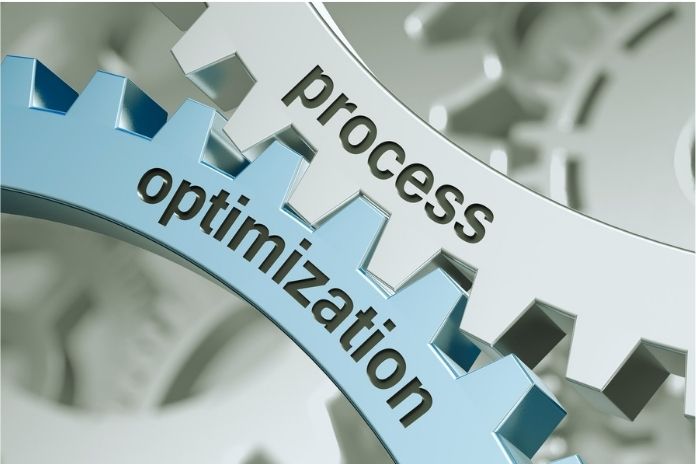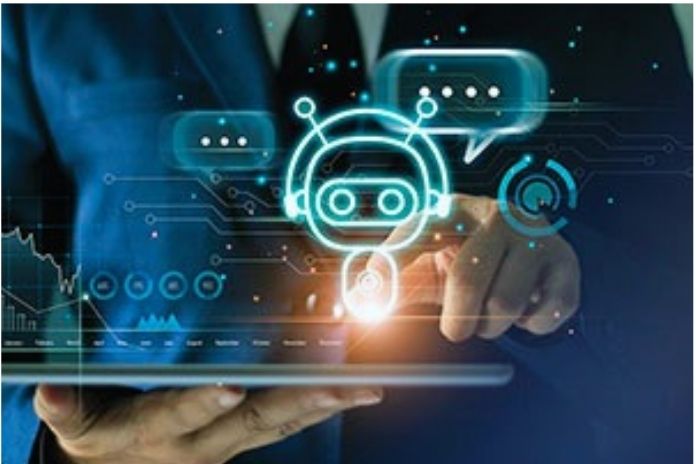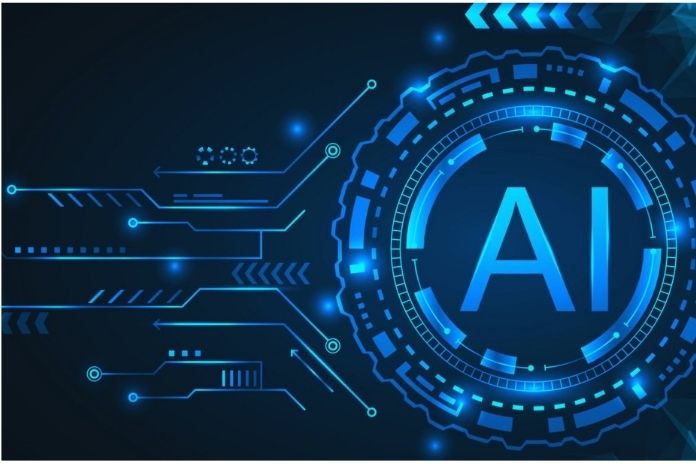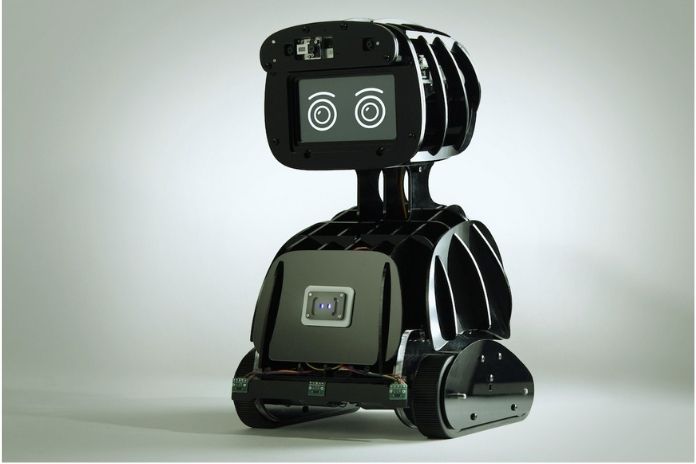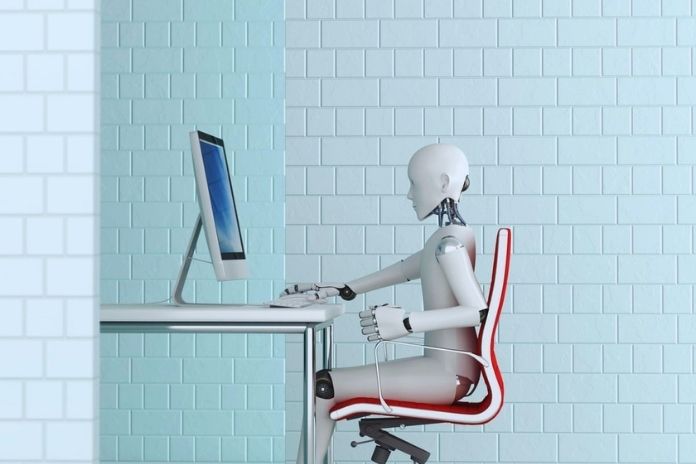Discover how process optimization allows the company to be more efficient and effective. We live in a highly changing market. New technologies and changing consumer tastes mean that companies must have agile organizations to cope with these changes. To achieve this, businesses must have good process optimization.
What Is Meant By Process Optimization?
Process optimization is a technique by which the company can analyze all business processes to eliminate errors and, most importantly, make these more efficient and effective by reducing time.
It is possible that, without your knowing it, you can optimize processes within your company that are considered routine. It is essential to carry out an in-depth analysis that we will deal with later in the text. This study can help us see points where the company is ineffective and wastes a lot of time and, therefore, money.
Thanks to this type of work, companies will integrate external and internal information more quickly. In such a way that the analysis capacity will be improved, they will act more rapidly, and, consequently, the business losses produced from the loss will be minimized. Time and unnecessary mistakes.
How To Work On Process Optimization
Once you know the importance of optimizing processes in the company, it is time to understand how to carry out this task. The steps to follow would be the following.
Step 1: Identify Problems Or Weaknesses
Now is the time to ask yourself all the doubts you have. Where is the company failing? Where do you spend the most time? Are our customers, suppliers, or workers unhappy with a specific process? These and other questions of this nature are necessary to know where to start the analysis. In addition to asking yourself these questions, you must list all the processes, rank them based on their importance and objectives within the business process and estimate the time used in each one of them.
Step 2: Reframe The Situation
Now it is your turn to think about how you could rethink the processes in which you have detected points of improvement. Do you think there is something that can be improved? Brainstorm with all the parties involved in the process so that you will achieve objective points of view that will provide you with good ideas for improvement.
Step 3: Implement
Once you are clear about what to improve and how it is the process of implementing these changes, it is possible that, at this point, you can use process automation tools to generate greater agility.
Step 4: Control
As always, you can’t just stay on implementation. It is essential to keep track of the processes and the changes that have been made to them. Ask yourself if the changes you have made really meet your objective and, if not, go back to step 2 and rethink the situation again.
Valuable Tools To Carry Out Process Optimization
Depending on the processes you want to optimize and automate, you will have a series of tools or others on the market at hand. However, we want to recommend some that can be very useful to start carrying out this optimization:
- NSA Auto Store: The ideal tool to transition from paper documents to the electronic plane in an agile way and without wasting time.
- ABBYY FineReader: The ideal tool to transform documents into editable documents, thus saving time and the possibility of implementing modifications continuously.
- Smart Fax: The ideal way to use fax and scanner, minimizing sending errors.
- Document management programs to manage all documents from the same platform.
ALSO READ: Enterprise Cloud Index : Healthcare Industry Relies On The Hybrid Cloud

